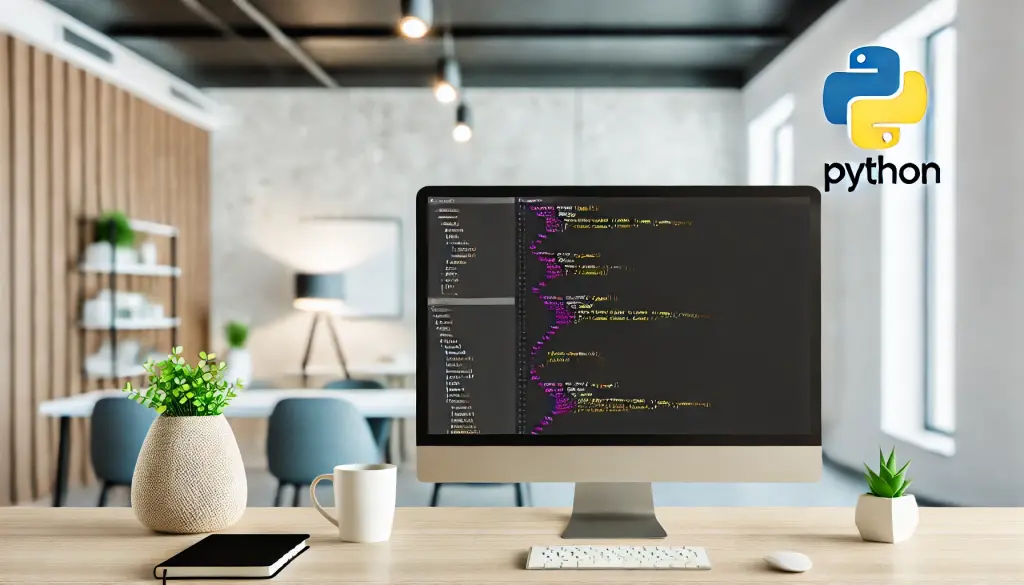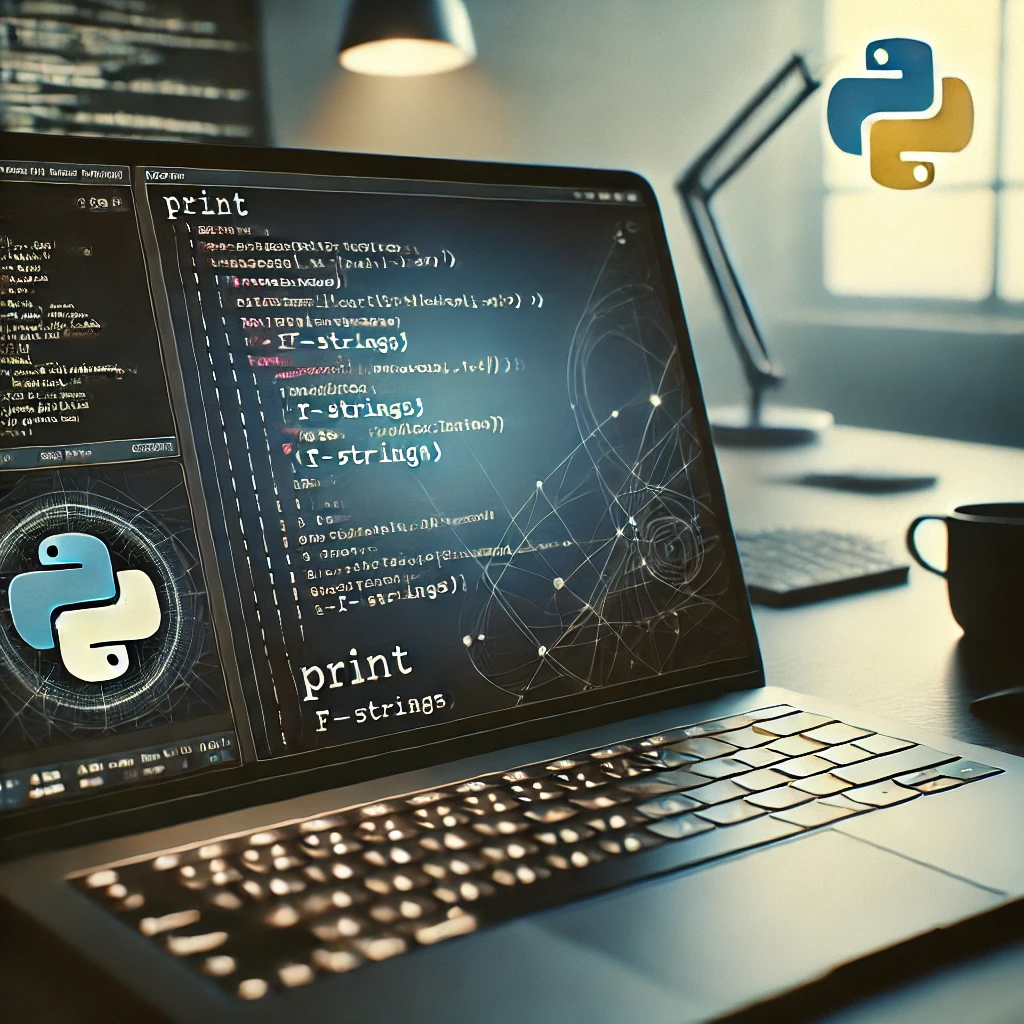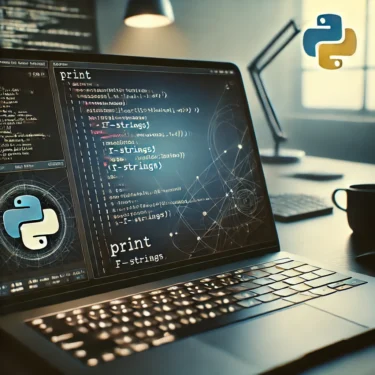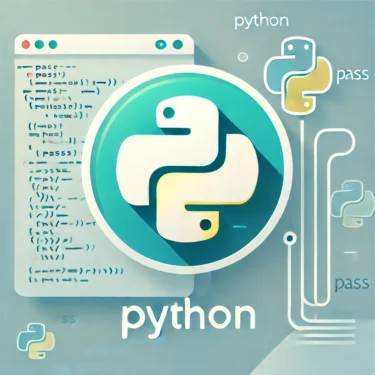目次
1. Introduction
Python is a versatile language widely used across many programming fields, highly valued for its simplicity and flexibility. Among its features, f-strings, introduced in Python 3.6, make string formatting straightforward and highly convenient. In this article, we will explore efficient output techniques using Python’sprint function and f-strings.The Significance of Python’s Popularity and f-Strings
With its intuitive syntax and powerful libraries, Python is widely used in web development, data science, and machine learning. F-strings offer a more concise way of formatting strings compared to traditional methods, improving development efficiency. This guide will cover the basics as well as advanced usage.Ad
2. Basics of the print() Function
Theprint() function is the most fundamental way to output data in Python. It is used to display strings or variable values to standard output.Basic Usage of print()
The simplest way to display a string in Python is by using theprint() function:print("Hello, Python!")Hello, Python!Printing Multiple Values
You can print multiple variables or strings at once by separating them with commas:name = "Tanaka"
age = 25
print("Name:", name, "Age:", age)Name: Tanaka Age: 25Default Line Breaks and Customizing Them
By default, theprint() function adds a newline at the end of output. To prevent this, use the end parameter:print("This line will not break.", end="")
print("This is the next part.")This line will not break.This is the next part.
3. What Are f-Strings?
F-strings, introduced in Python 3.6, are a method for string formatting that allows for more concise and readable code compared to the traditionalformat() method.Basic Syntax of f-Strings
To use an f-string, prefix the string withf or F, and include variables or expressions inside curly braces {}.name = "Sato"
age = 30
print(f"Name: {name}, Age: {age}")Name: Sato, Age: 30format(), f-strings are more intuitive and require less code.Ad
4. Formatting with f-Strings
F-strings allow flexible formatting of numbers and strings. Let’s explore some common use cases.Controlling Decimal Places
You can specify decimal precision with f-strings:value = 123.456789
print(f"Two decimal places: {value:.2f}")Two decimal places: 123.46Percentage Formatting
You can also display numbers as percentages:rate = 0.125
print(f"Success rate: {rate:.1%}")Success rate: 12.5%
5. Using Expressions Inside f-Strings
In addition to variables, f-strings can directly include expressions, making it easy to display calculations.Embedding Expressions
Write an expression inside curly braces{} to display its result:print(f"2 + 3 = {2 + 3}")2 + 3 = 5Ad
6. Practical Examples and Applications
F-strings are useful in real-world development scenarios.Logging Example
You can easily create dynamic log messages with f-strings, which is helpful for debugging or system monitoring:user = "Yamada"
action = "login"
print(f"User {user} performed {action}.")User Yamada performed login.Multiline f-Strings
F-strings also support multi-line formatting:name = "Suzuki"
age = 28
message = (
f"Name: {name}\n"
f"Age: {age}\n"
)
print(message)Name: Suzuki
Age: 28
Ad
7. Common Errors to Avoid
There are some common mistakes to watch out for when using f-strings.Mismatched Braces
If curly braces{} are not properly closed, a syntax error will occur.# Error example
name = "Tanaka"
print(f"Name: {name")# Fixed version
print(f"Name: {name}")Undefined Variables
Using an undefined variable inside braces will trigger aNameError:# Error example
print(f"Value is {undefined_value}.")Ad
8. Conclusion
In this article, we explored Python’sprint function and f-strings. F-strings simplify code and offer speed advantages, making them especially useful for complex data processing and logging.Looking Ahead
Mastering f-strings is an important first step toward efficient coding in Python. As you continue learning, explore other string manipulation techniques, data types, and theformat() method to further enhance your coding skills.




